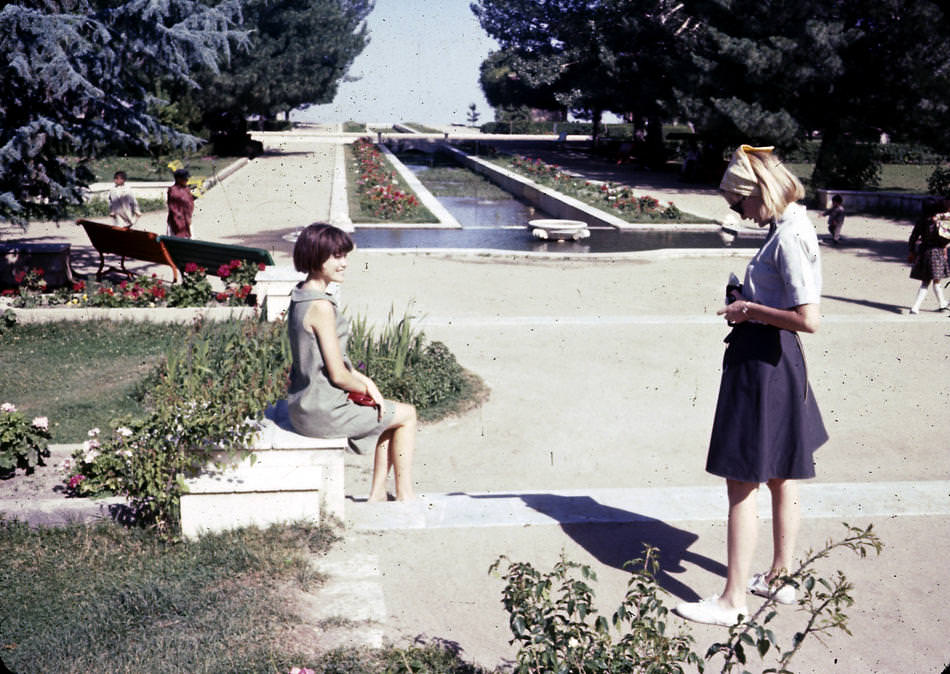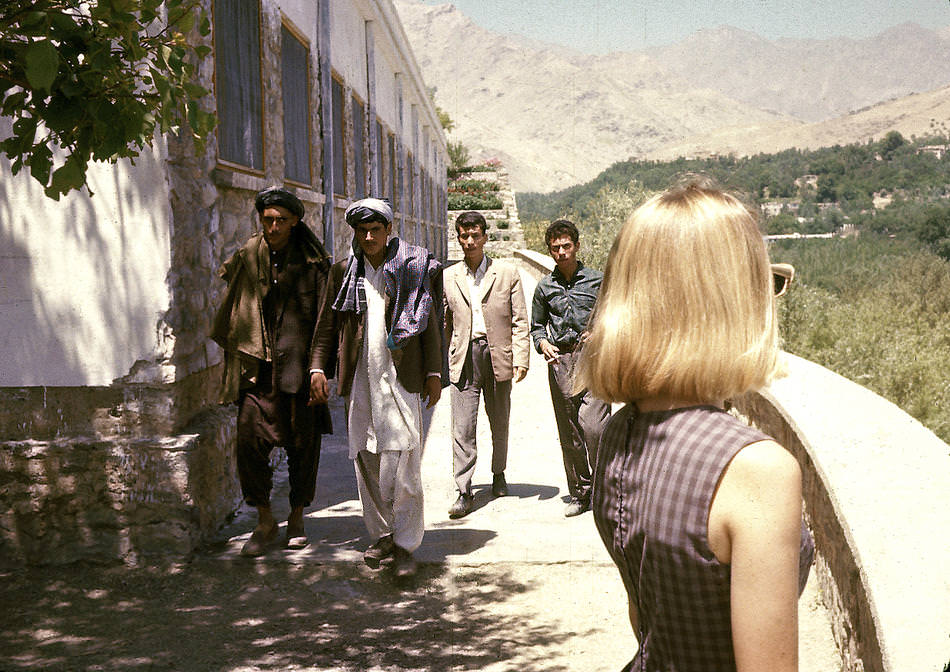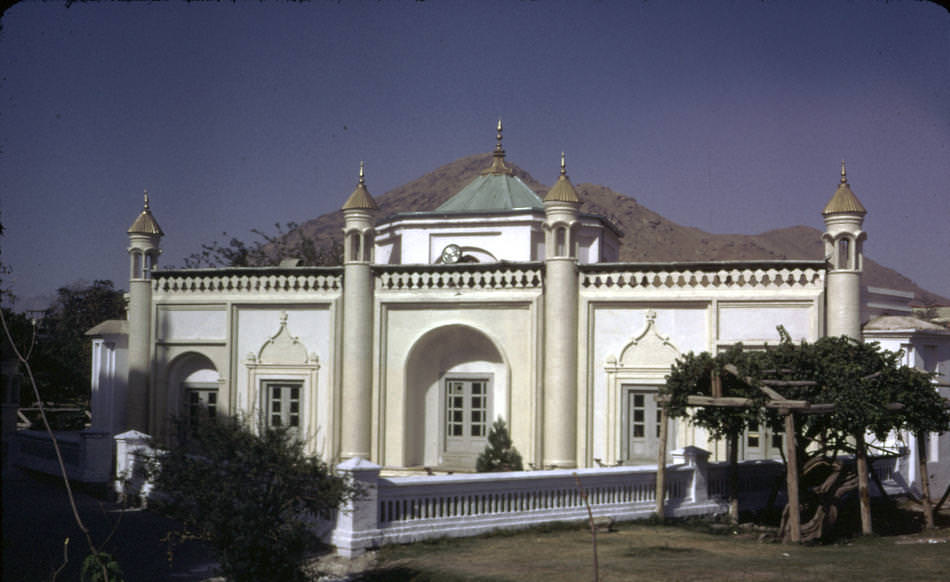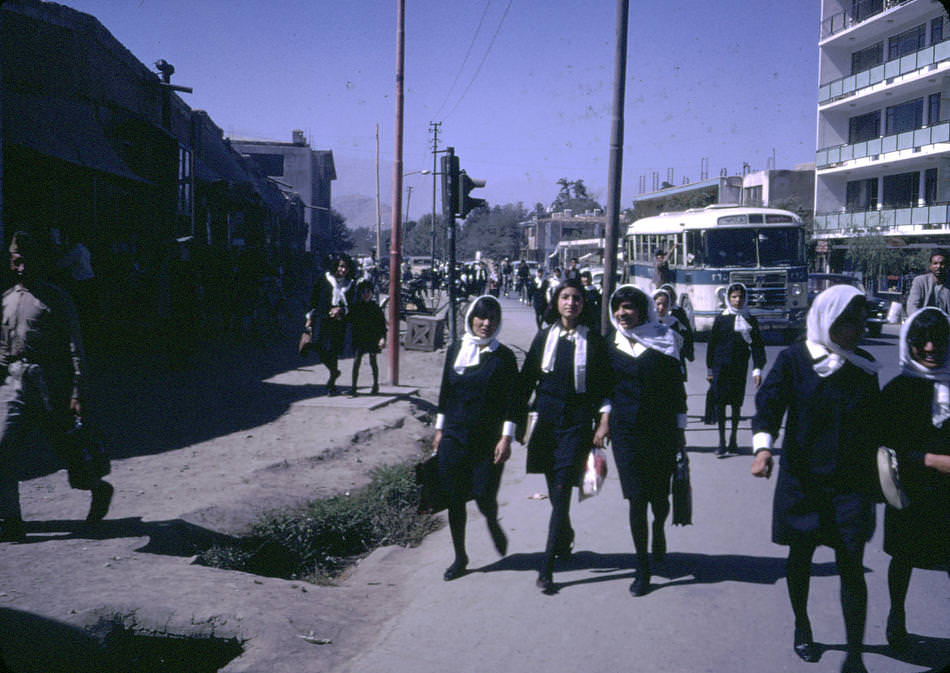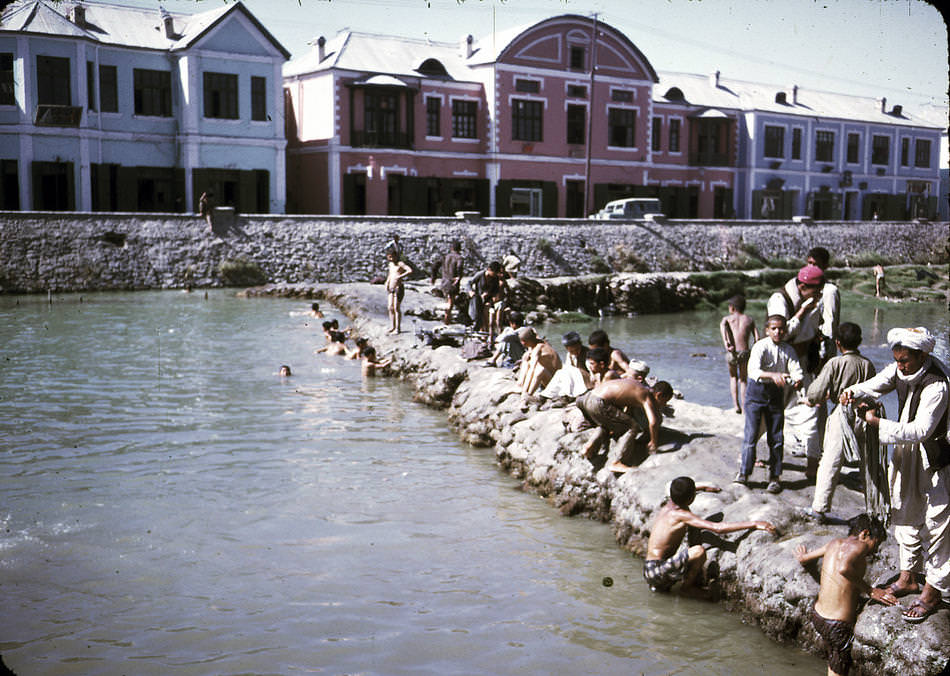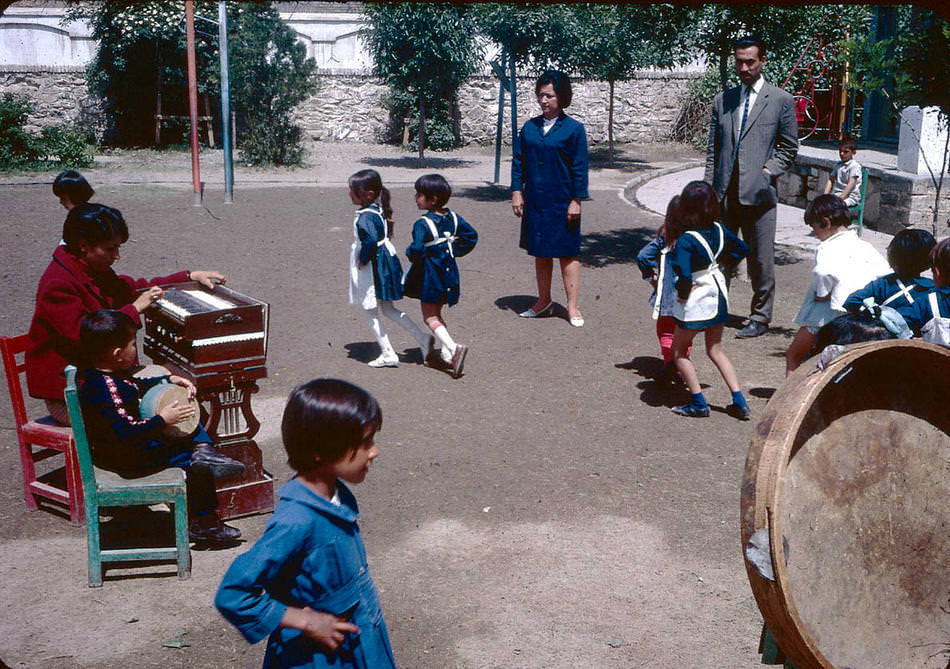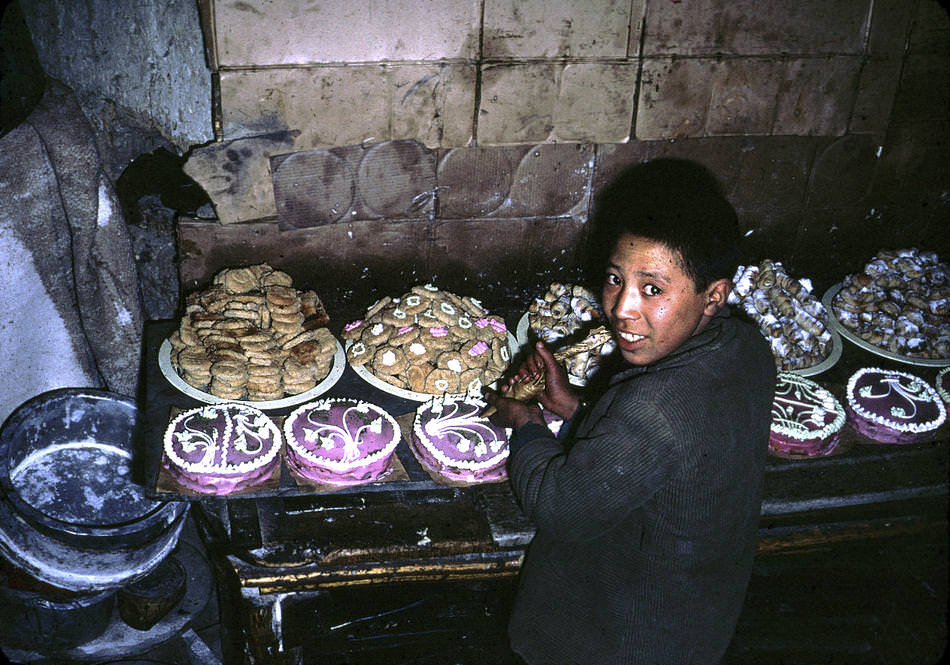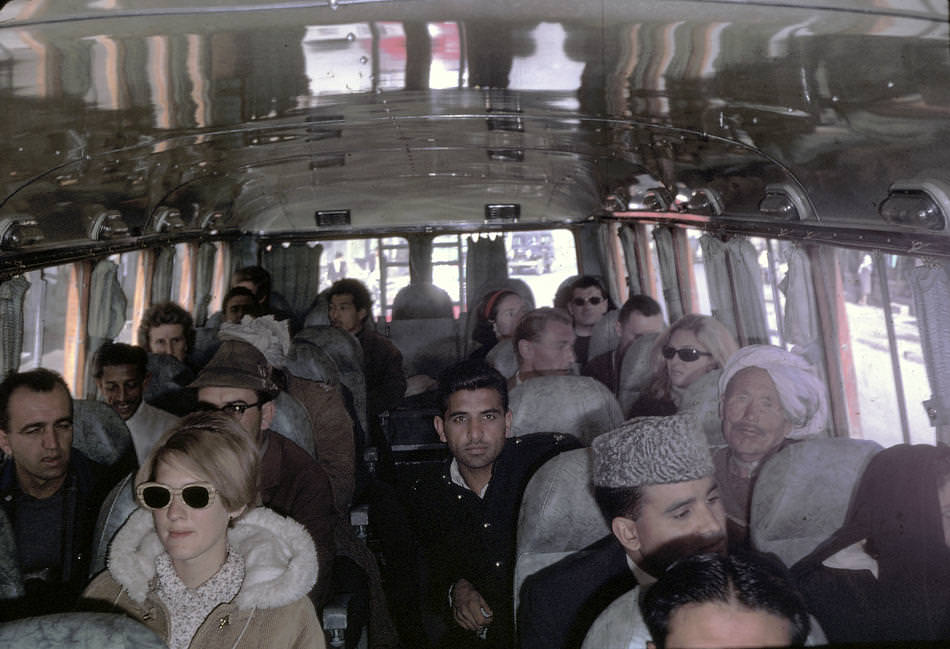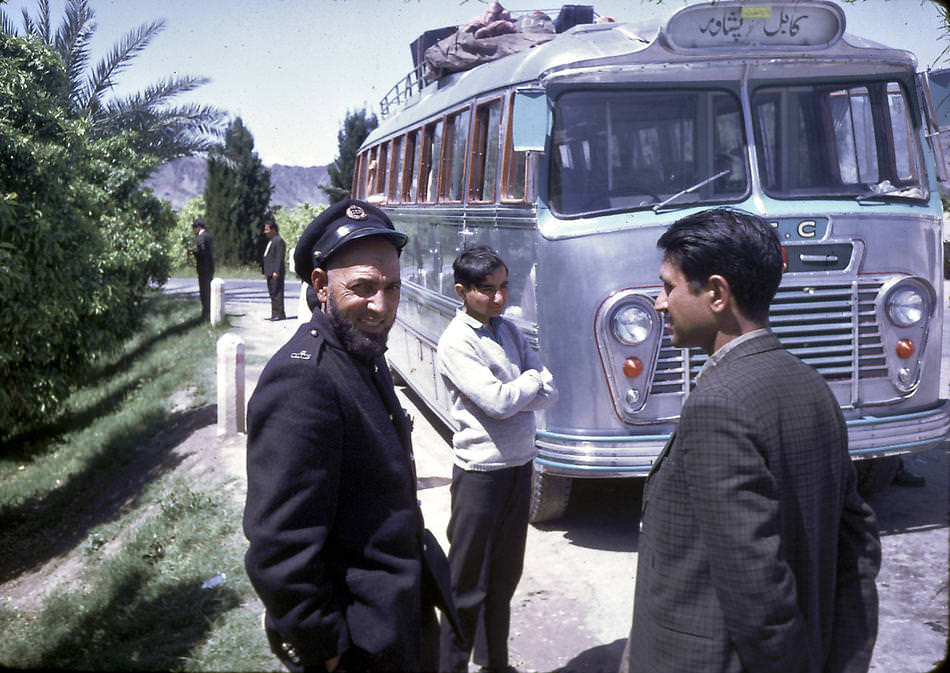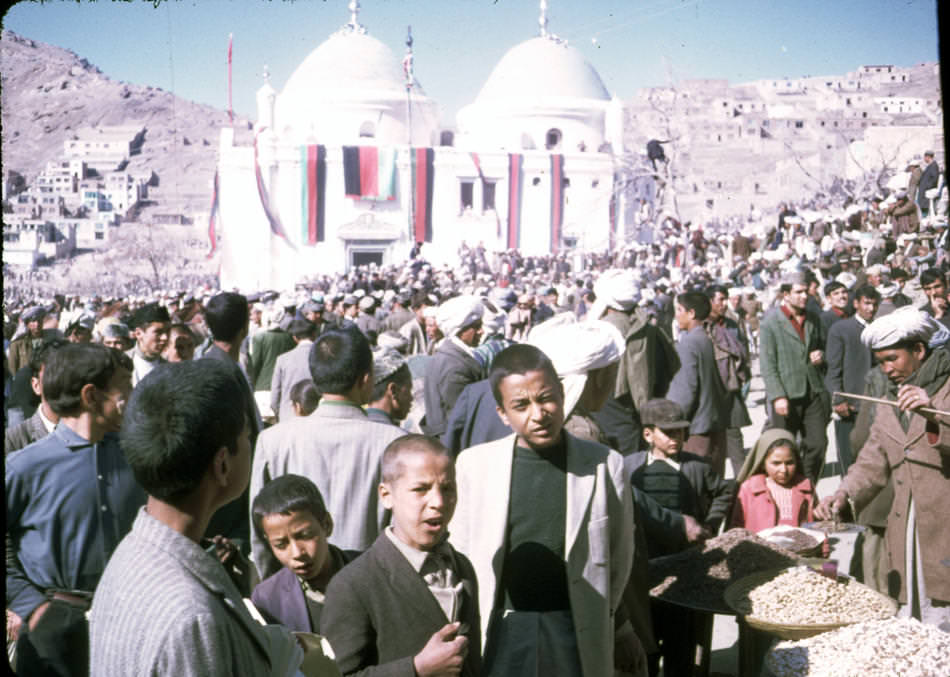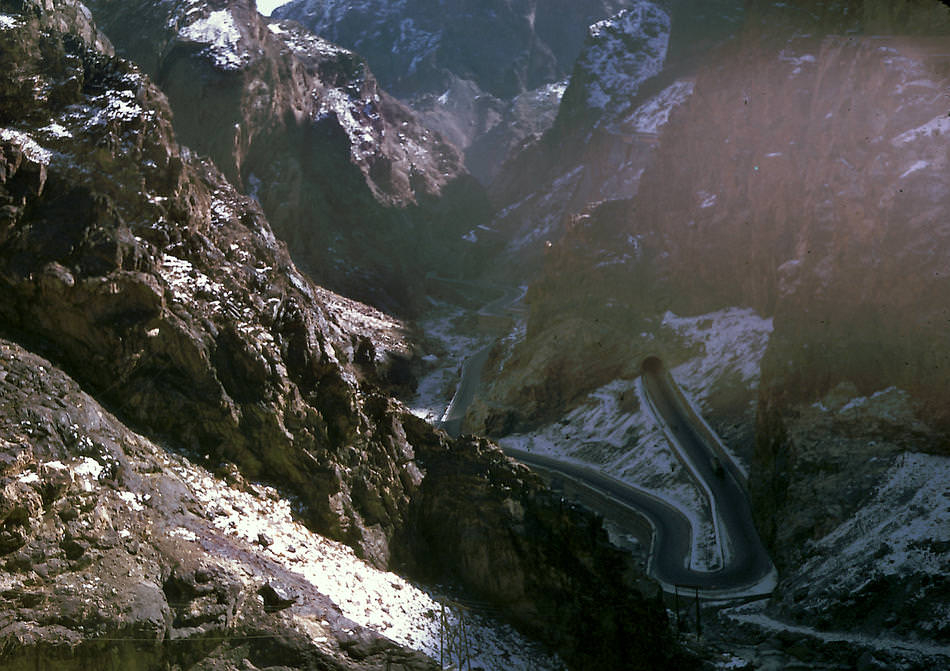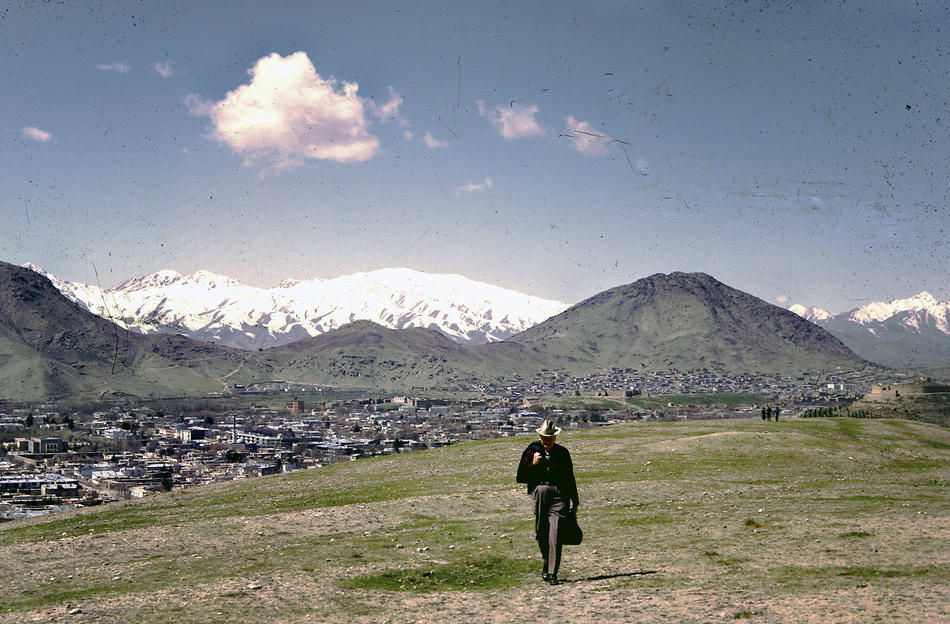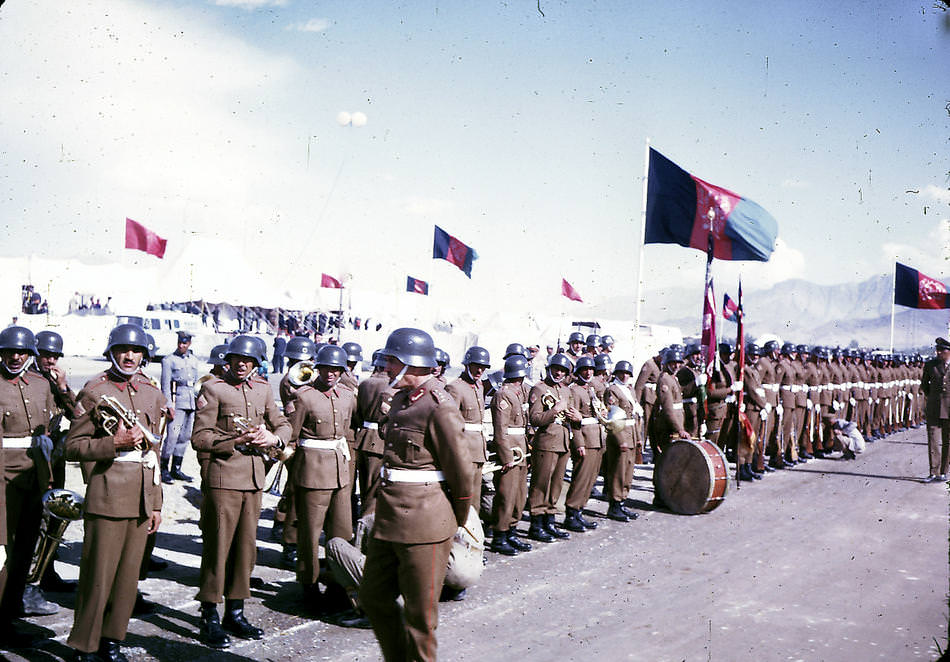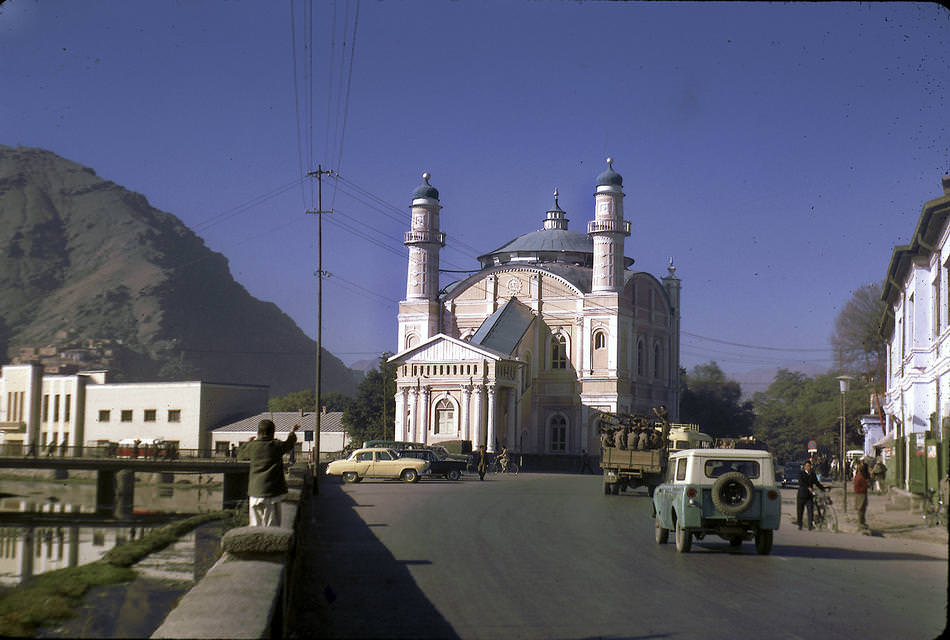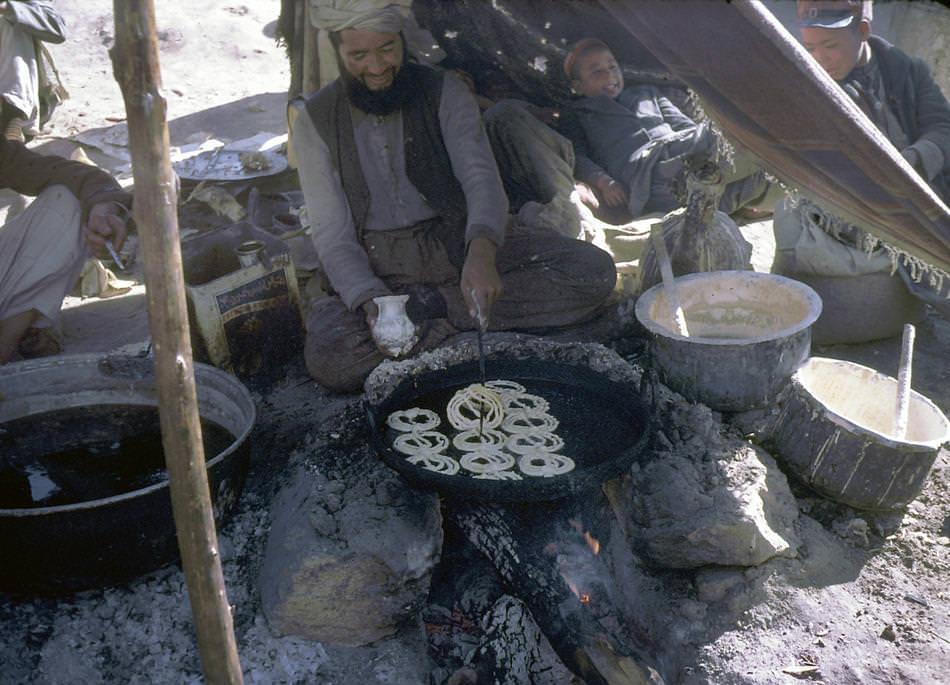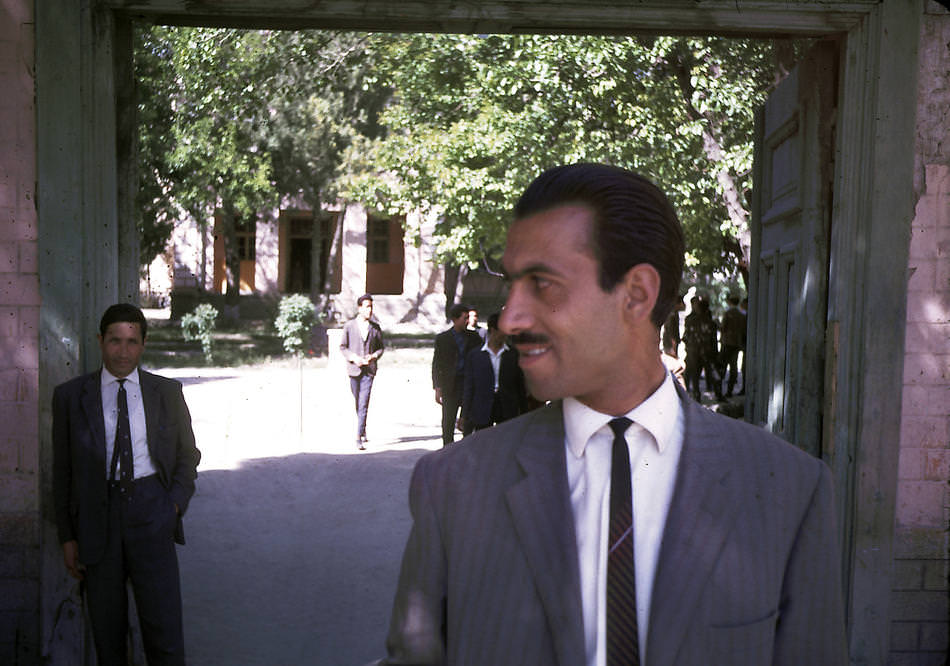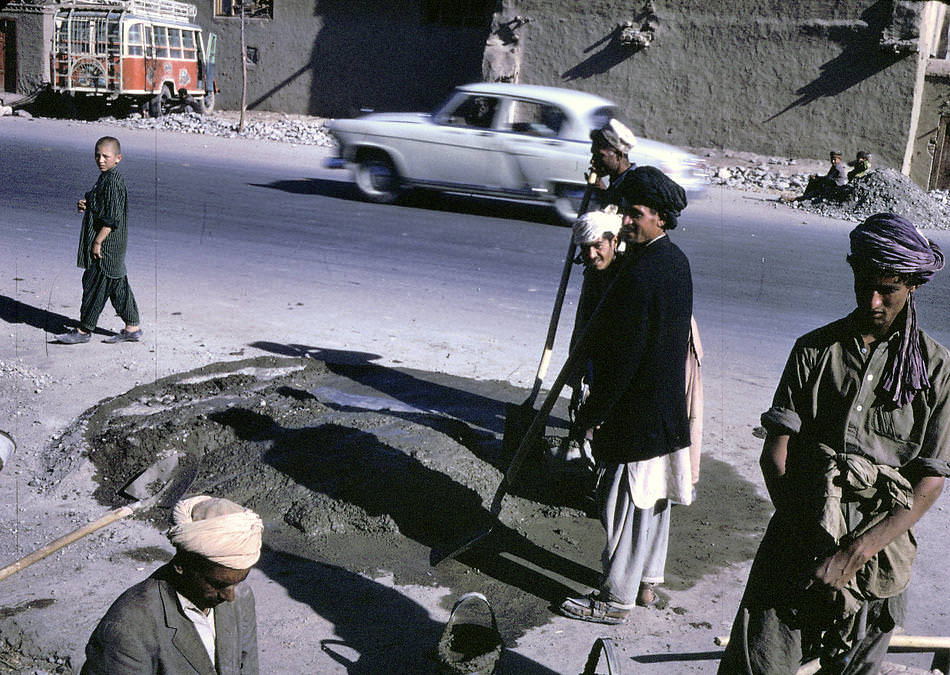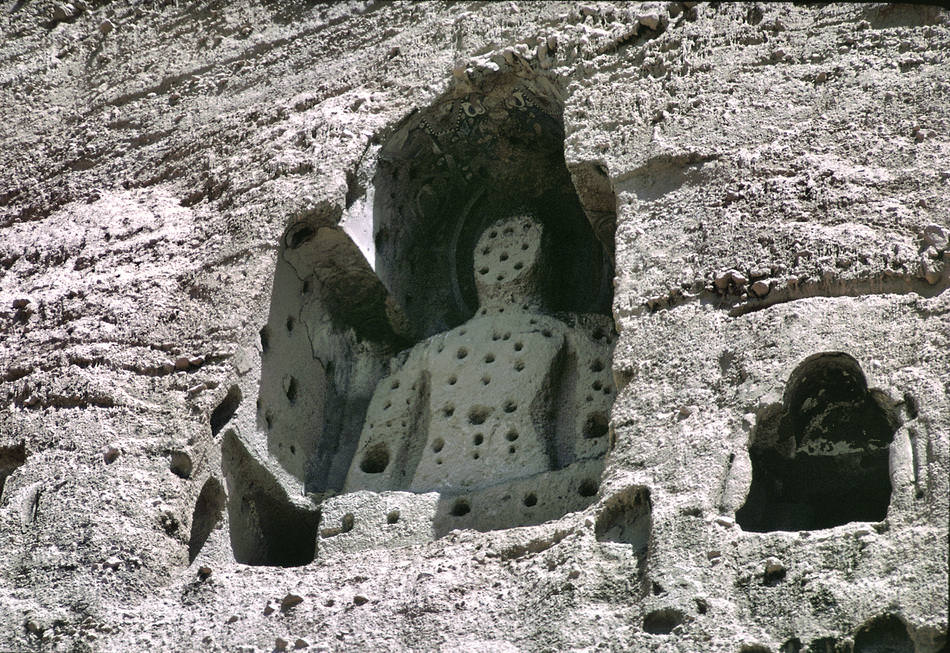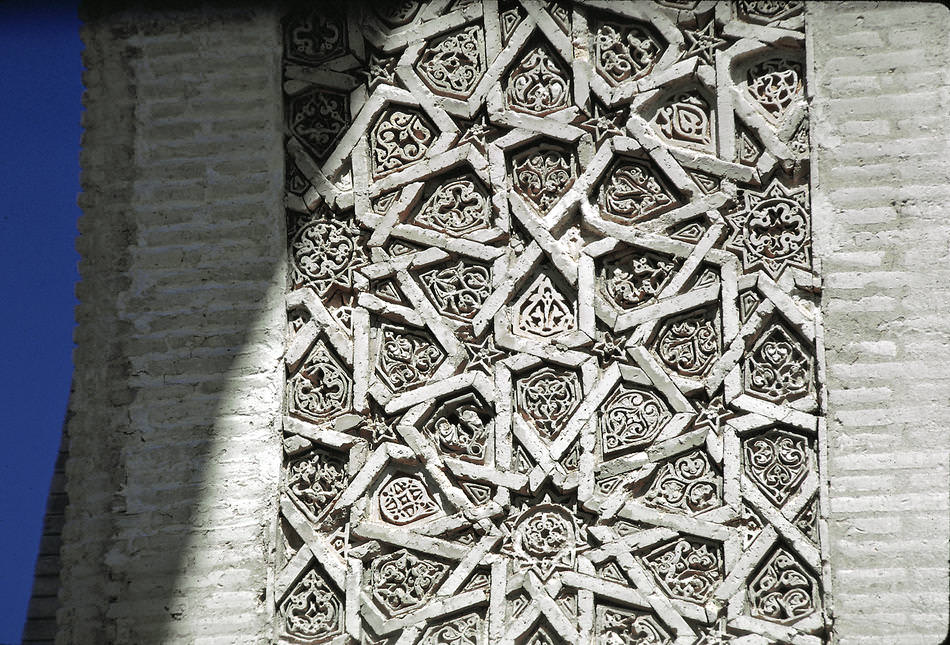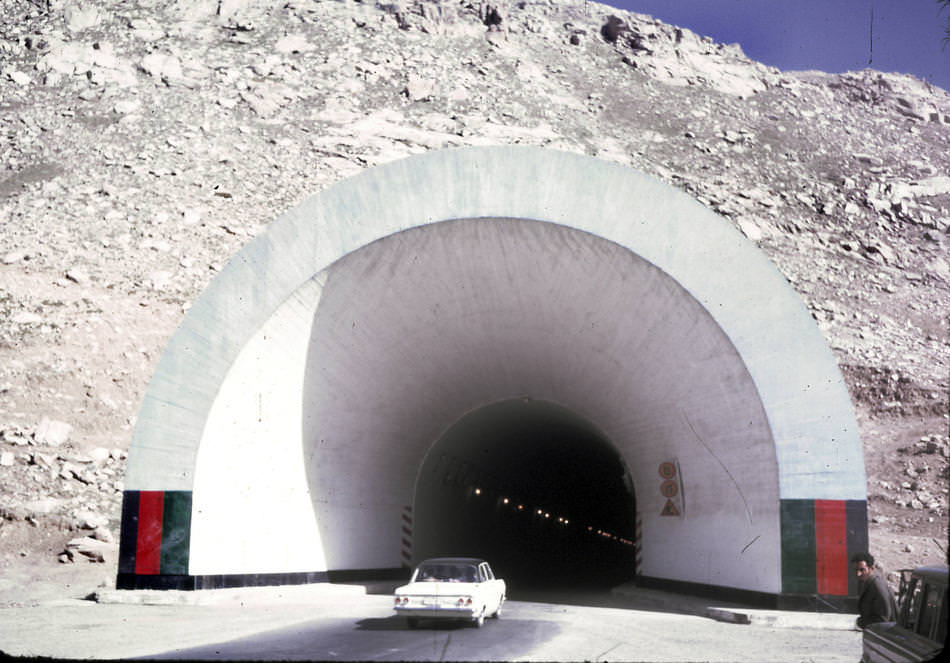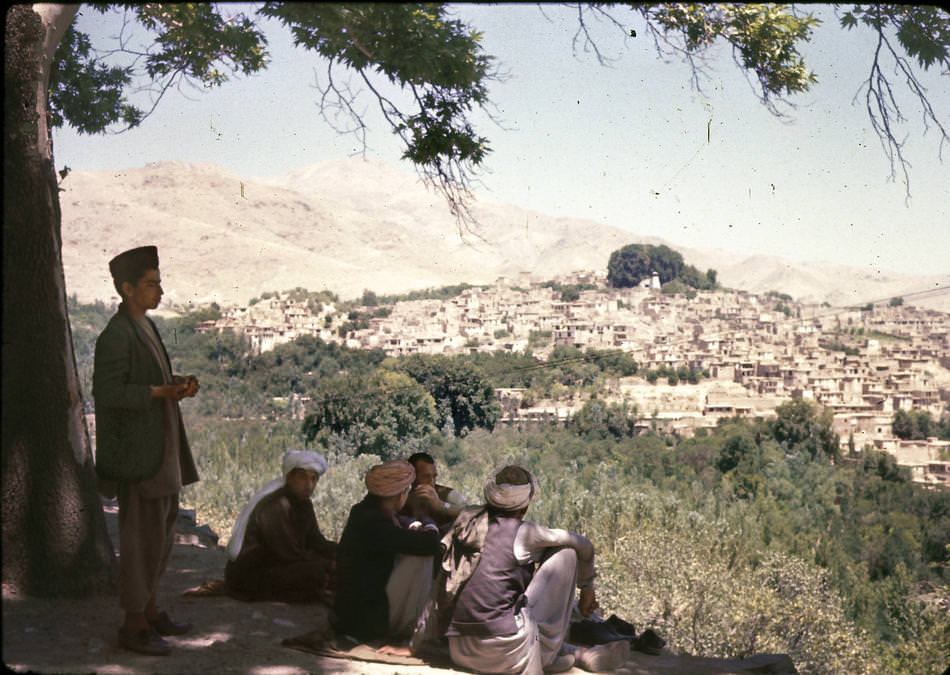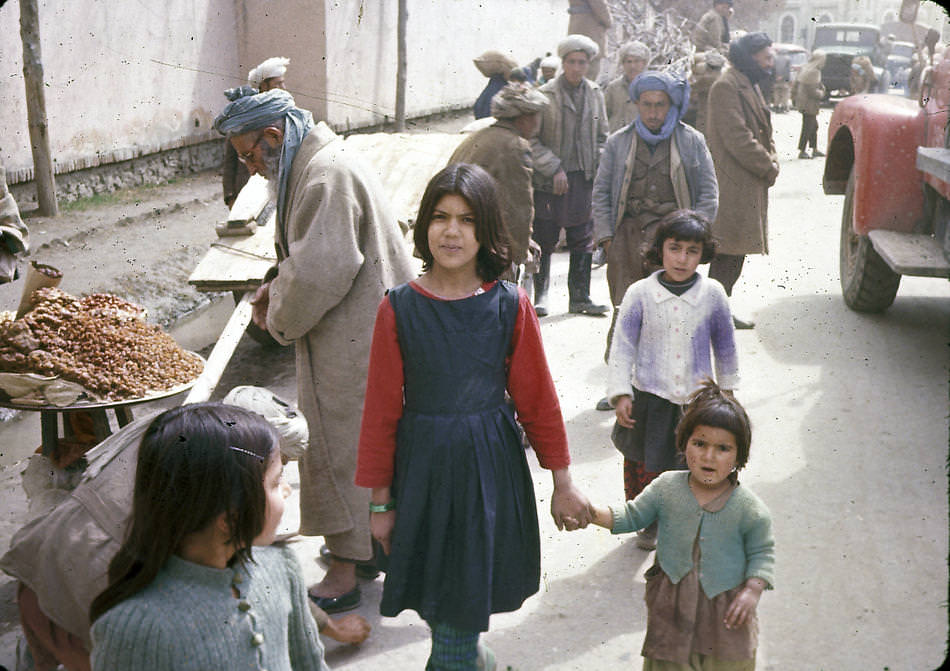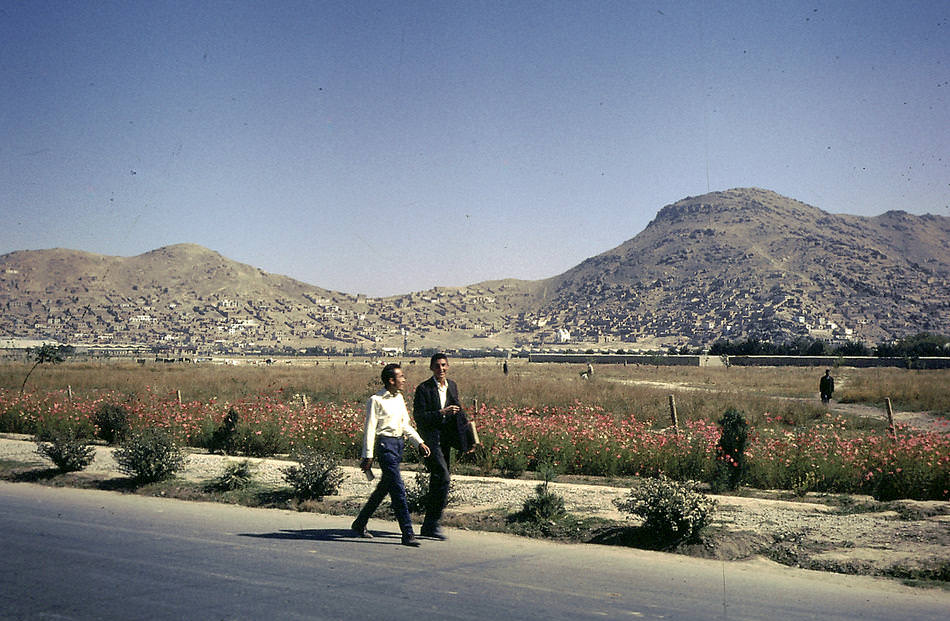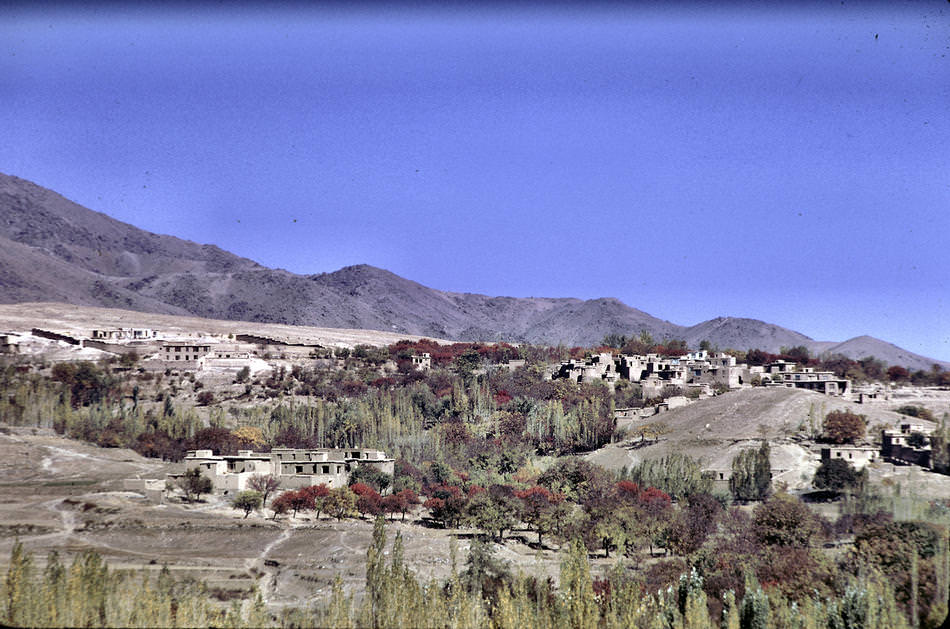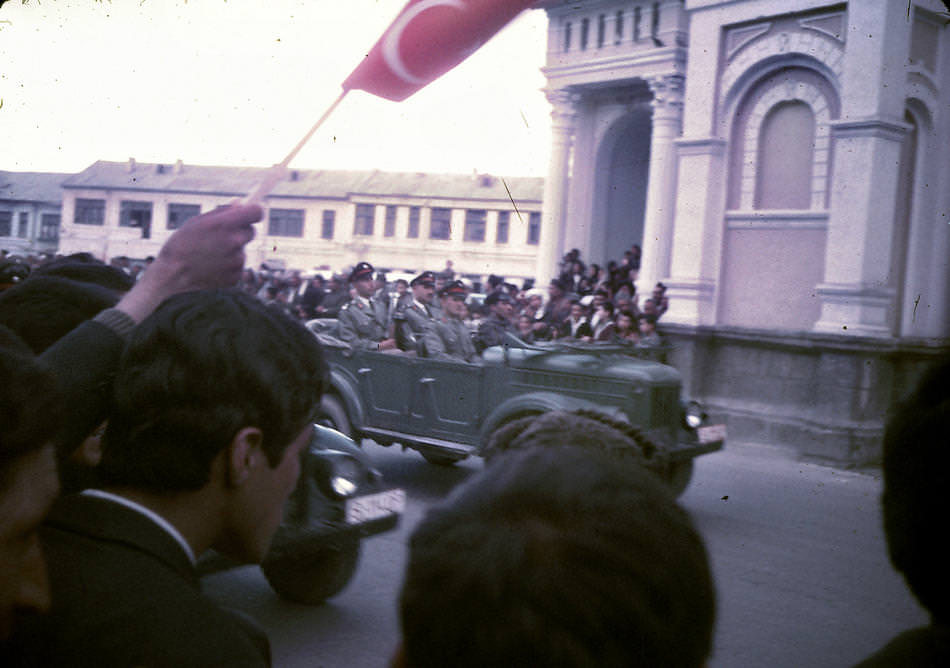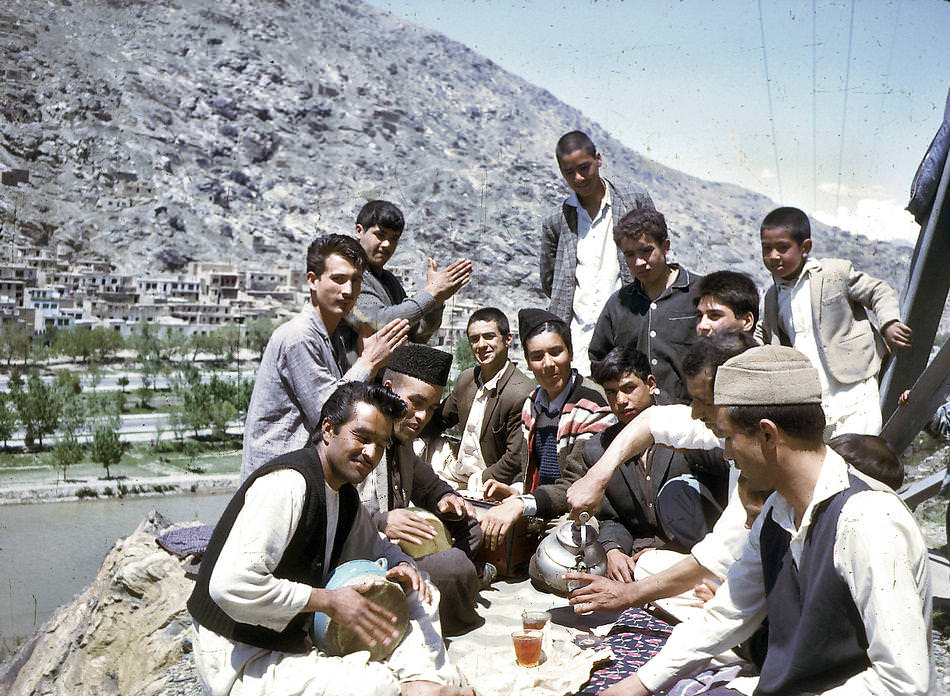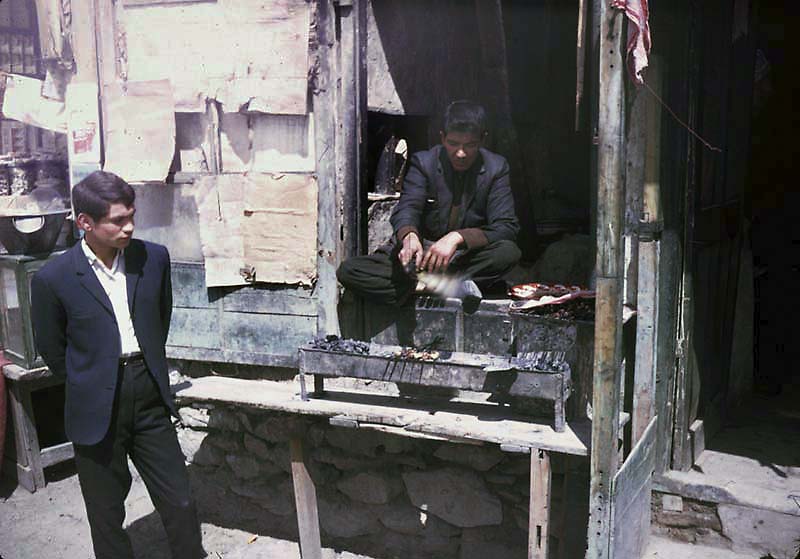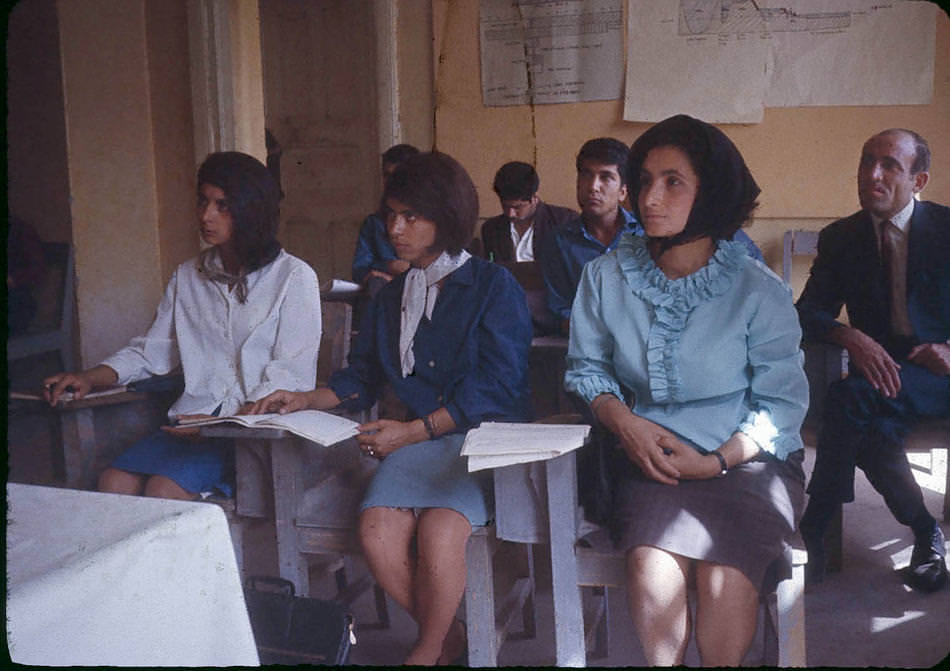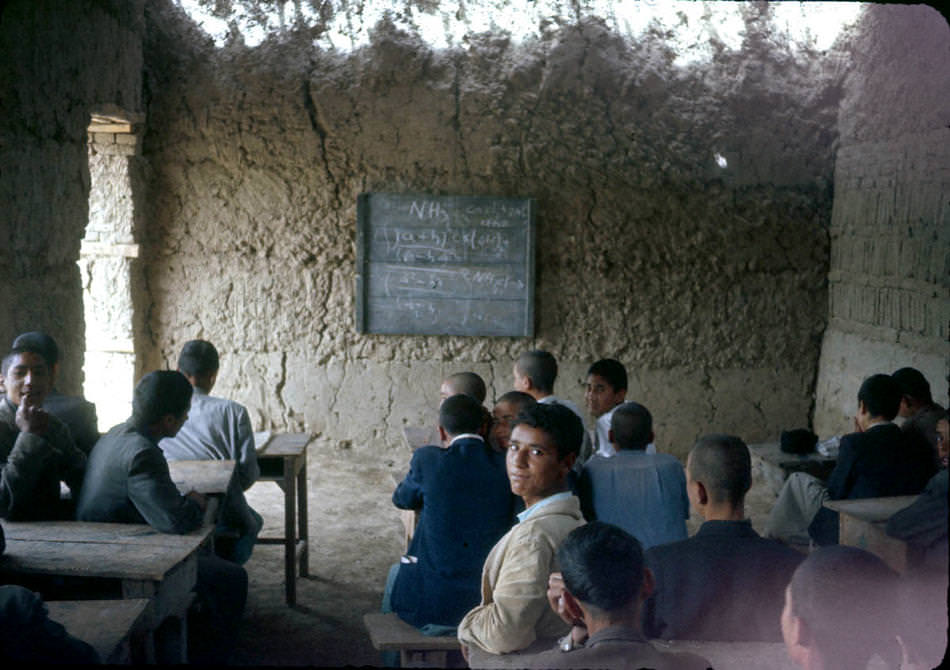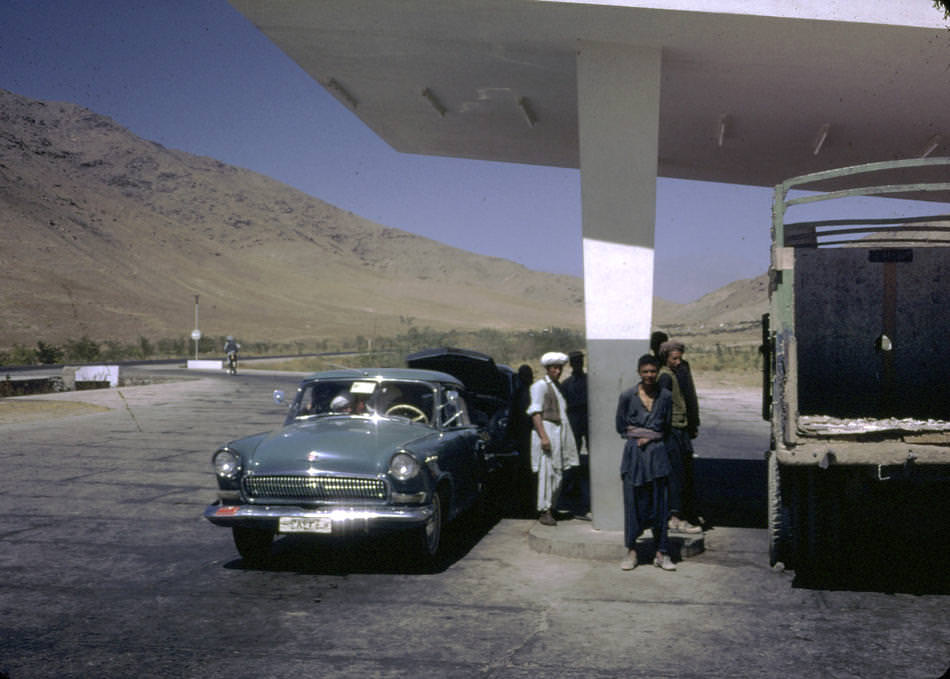In the late 1960s, Afghanistan was a very different place from what many people imagine today. Dr. William Podlich, an American educator, moved to Kabul in 1967 with his family. He worked as an expert for UNESCO at the Higher Teachers College. His job was to help improve education in the country. At the same time, his wife Margaret and their two daughters, Peg and Jan, settled into life in Kabul.
The Podlich family lived in a peaceful and modernizing Afghanistan. The daughters attended the American International School of Kabul. This school served children of foreigners working in the country. Life there felt calm and full of promise. Dr. Podlich, who loved photography, captured everyday moments during their stay. His photos show a side of Afghanistan that is rarely seen now.
Kabul in the 1960s was a mix of tradition and progress. Women wore a variety of clothing styles. Some chose Western dresses, while others wore traditional Afghan garments. Men dressed in suits or local attire, depending on their work or social setting. Streets were lined with shops, cars, and bicycles. People went about their daily lives in a city that was growing and changing.
Read more
Education was an important focus during this time. Schools and colleges aimed to prepare students for the future. Dr. Podlich’s work helped train teachers to improve learning in the country. Students filled classrooms, eager to gain knowledge. Universities became centers of innovation and discussion. Many Afghans hoped for a brighter tomorrow through education.
Social life in Kabul was vibrant. Families gathered for meals and celebrations. Cafés and parks were popular spots to relax. People enjoyed music, art, and literature. The city had a lively cultural scene. Visitors often remarked on how welcoming and warm the people were. Friendships between locals and foreigners were common.
The Podlichs’ photos highlight the beauty of everyday life. They show bustling markets, quiet streets, and smiling faces. Children played outside, and adults worked or chatted with neighbors. Religious sites stood alongside modern buildings. The landscape around Kabul added to its charm, with mountains framing the city.


